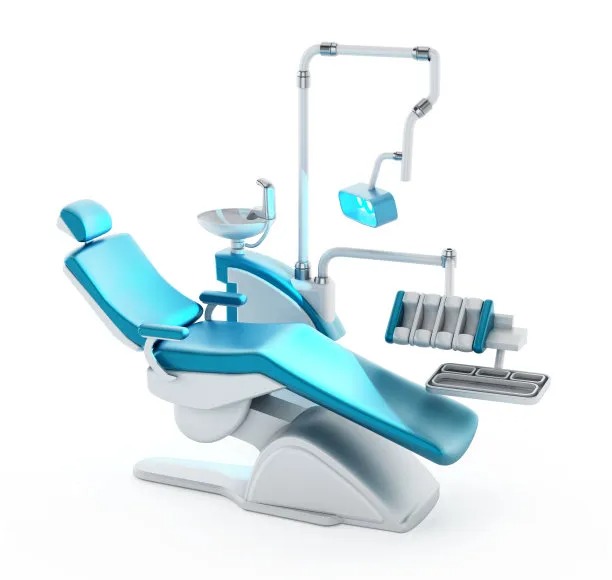The Essential Guide to Extracting a Tooth Safely and Minimizing Discomfort for Patients and Dentists
Summary: Extracting a tooth can often be a daunting experience for both patients and dentists. This guide delves into the essential steps and best practices for performing tooth extractions safely while minimizing discomfort. By exploring four key aspects鈥攑reparation and patient assessment, anesthesia techniques, extraction procedures, and post-extraction care鈥攚e aim to provide insights that enhance the extraction process. Understanding the psychological aspects, effective communication, and implementing pain management strategies will ultimately lead to a smoother experience for everyone involved. This article serves as a comprehensive resource for both dental professionals and patients, ensuring that tooth extraction remains a necessary, yet manageable, procedure.
1. Preparation and Patient Assessment

Preparation is critical before any dental procedure, especially tooth extractions. A thorough patient assessment is essential to evaluate their medical history and any potential complications. Dentists should review medications that might affect bleeding, anesthesia, or healing to devise an appropriate plan for the extraction.
Additionally, dentists need to conduct a physical examination, including dental X-rays, to determine the tooth鈥檚 condition accurately. Understanding the position and structure of the tooth can help anticipate challenges during extraction. Properly explaining the procedure to the patient also fosters trust and eases anxiety.
Good preparation not only includes clinical assessments but also requires creating a comfortable environment for the patient. Offering sedation options or discussing the procedure can significantly reduce fears and promote a positive mindset before the extraction.
2. Anesthesia Techniques for Pain Management
Effective pain management starts with the right anesthesia techniques. Local anesthesia is commonly used for tooth extractions and works by numbing the surrounding tissue. Dentists should consider the patients comfort level, opting for topical anesthetics to minimize the sting of injections.
In certain cases, sedation dentistry may be appropriate for anxious patients. Nitrous oxide, commonly known as laughing gas, or oral sedation can help patients relax, ensuring a smoother procedure. Understanding various anesthesia options allows dentists to tailor their approach based on individual patient needs.
Proper administration and monitoring of anesthesia are vital for patient safety. Dentists should maintain vigilance surrounding the patient鈥檚 response to anesthesia, addressing any discomfort immediately to ensure a positive experience during the extraction.
3. Extraction Procedures and Techniques
The extraction procedure itself requires meticulousness and a keen understanding of dental anatomy. The technique may vary depending on whether the tooth is erupted or impacted. For erupted teeth, a simple extraction may suffice, while an impacted tooth may require surgical removal.
When performing the extraction, control is essential. Gentle rocking motions help loosen the tooth within its socket, minimizing trauma to surrounding tissues. Employing the right instruments and maintaining a calm environment can greatly influence the overall outcome and patient comfort levels.
Keeping clear communication during the procedure is crucial. Informing the patient about what they can expect during various stages helps reduce anxiety. Dentists should also encourage patients to voice any discomfort, allowing for immediate adjustments or breaks should it become necessary.
4. Post-Extraction Care and Follow-Up
Post-extraction care is just as important as the procedure itself. Aftercare instructions should be clearly communicated to the patient, emphasizing the importance of rest and avoiding strenuous activities. Dentists should provide detailed guidelines on managing pain, swelling, and dietary restrictions to ensure a smooth recovery.
Monitoring for complications such as dry socket or infections is essential for both the dentist and patient. Scheduling follow-up appointments helps assess healing and address any concerns. Providing a number to contact in case of post-operative issues reassures patients, fostering trust in their dentist.
Effective post-extraction care enhances patient satisfaction and can significantly reduce the risk of complications, creating a more positive experience overall. Equipping patients with knowledge about their recovery helps them feel empowered and relaxed during this transitional period.
Summary:
The importance of thorough preparation, effective anesthesia techniques, precise extraction procedures, and comprehensive post-operative care cannot be overstated when it comes to tooth extractions. By focusing on these key elements, dental professionals can ensure a harmonious extraction experience that significantly minimizes discomfort for their patients.
Ultimately, the goal is to foster a safe environment where both patients and dentists feel confident throughout the extraction process. Providing clear communication, reducing anxiety, and ensuring proper care will make tooth extractions a less daunting and more manageable procedure.
This article is compiled by Vickong Dental and the content is for reference only.


